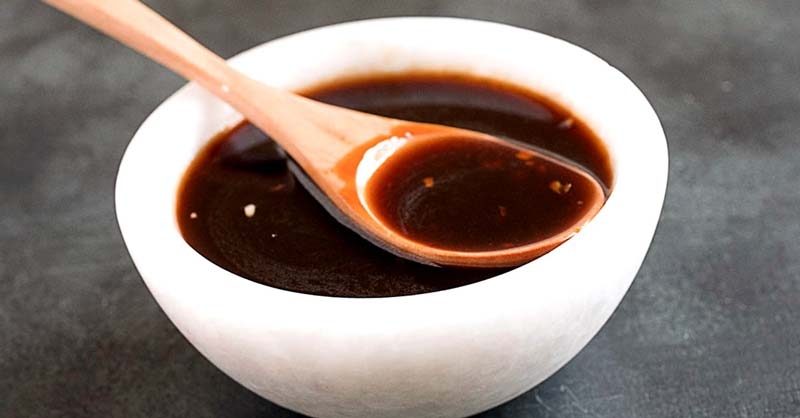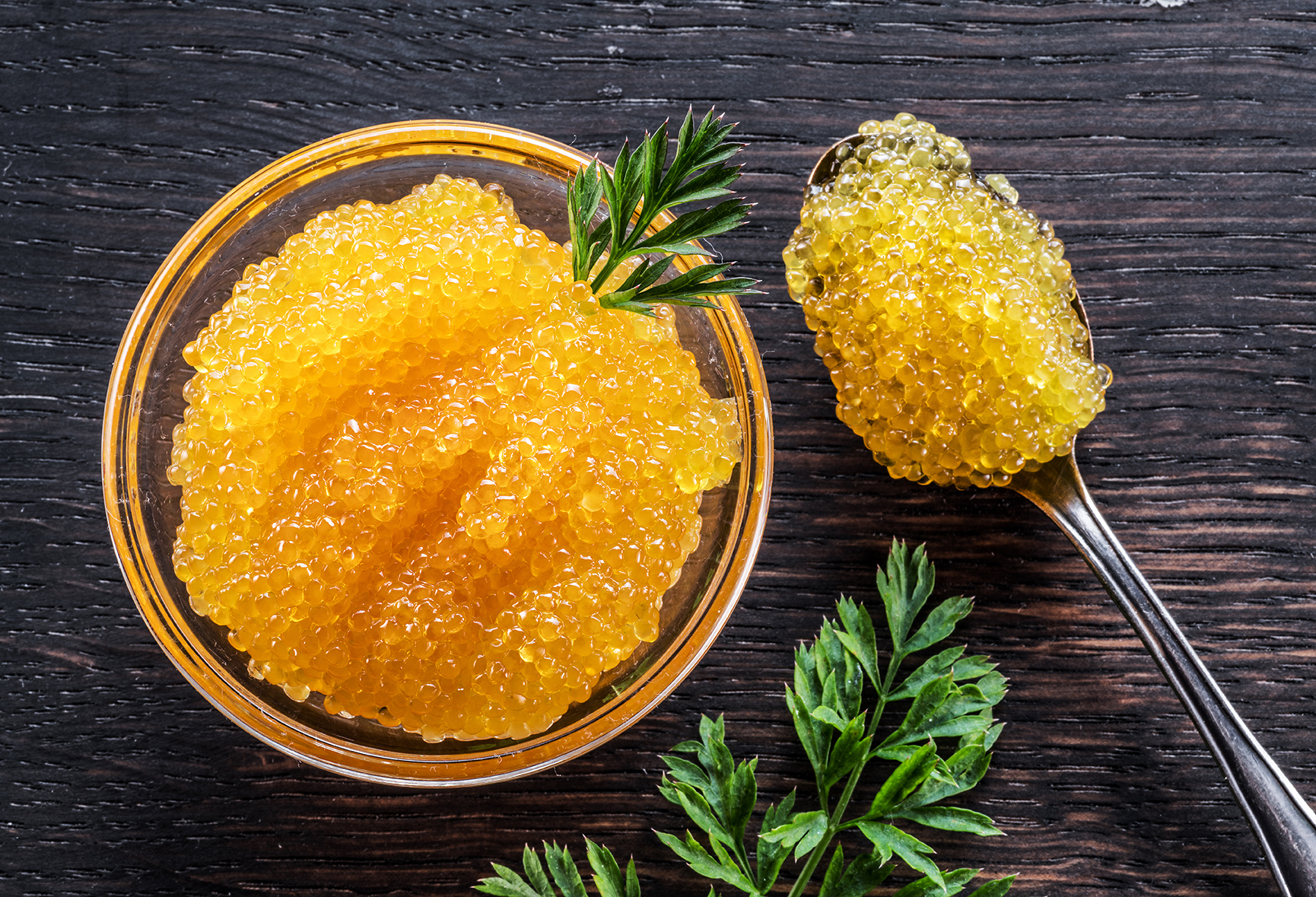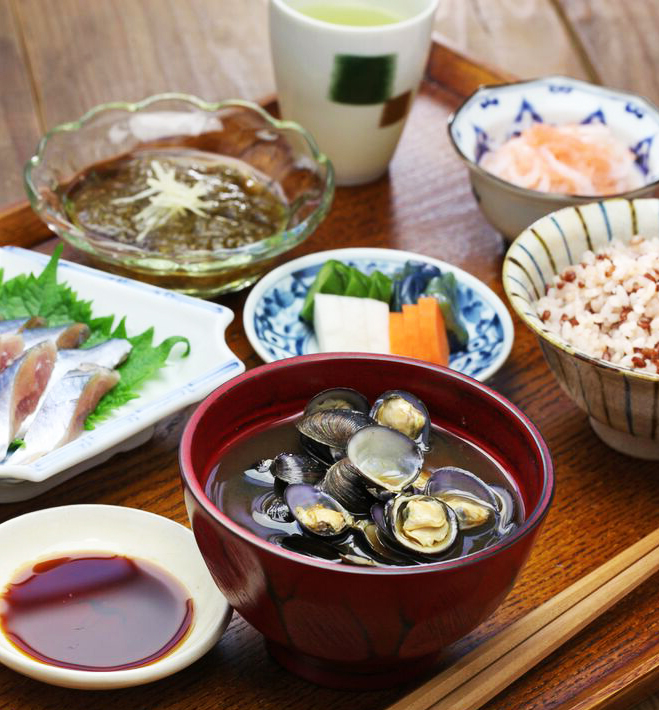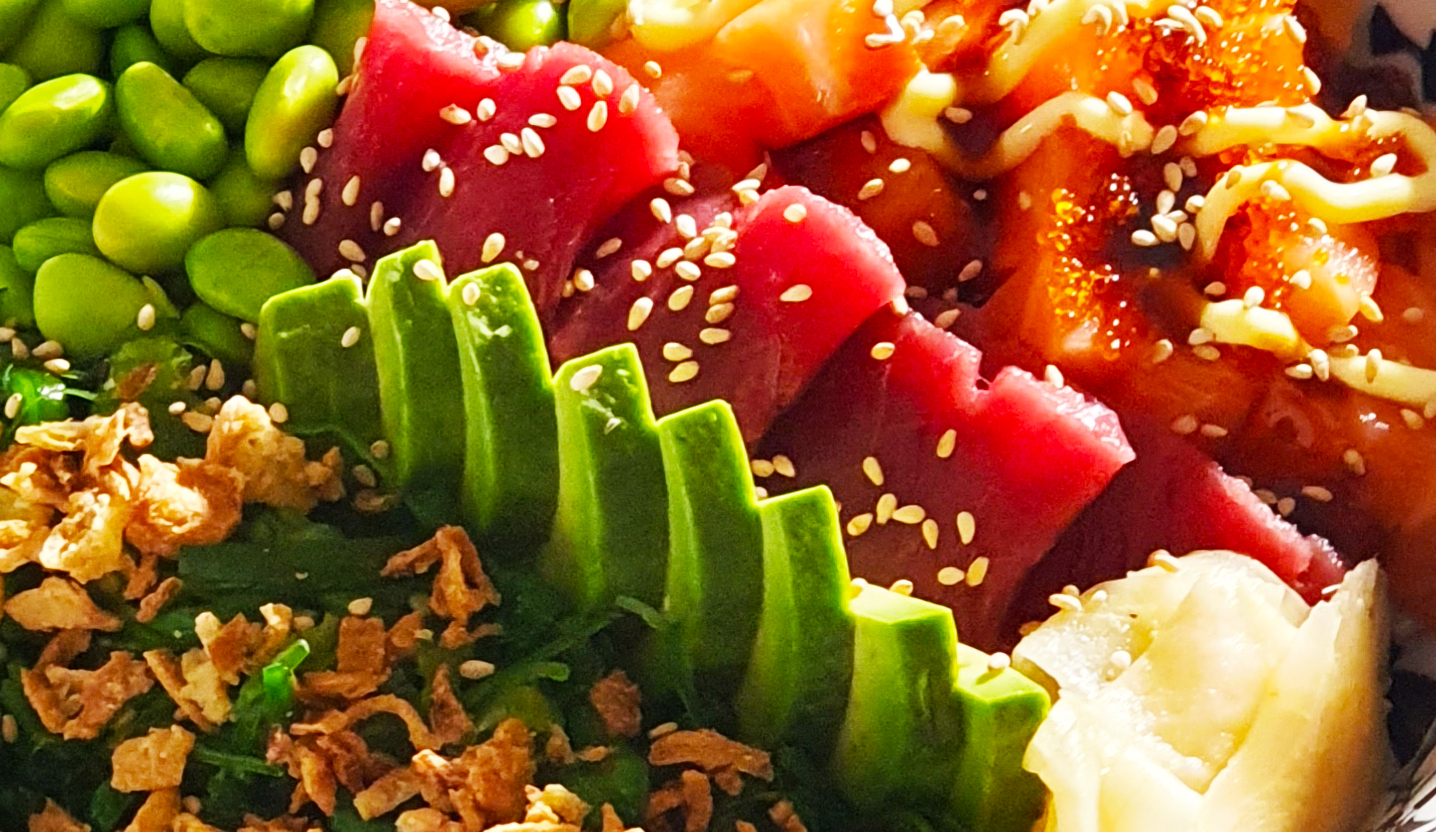The teriyaki sauce
The word Teriyaki is literally derived from two Japanese terms: “teri” meaning shining and “yaki” meaning grilling or searing. Thick teriyaki sauce is a coding of Japanese cuisine-but also of fusion cuisine-with a glossy, almost mirrored appearance that divinely flavors dishes.
Thick and mild teriyaki sauce: the special features of taste
Origins
The use of teriyaki sauce in cooking dates back to the early 19th century-that is, to the late Edo period-when the Tokugawa family held the greatest political and military power in Japan. William Shurtleff and Akiko Aoyagi, authors of the book History of Soy Sauce (2012), tell us that the basic ingredients of teriyaki sauce-before the term was even coined-were mixed together to make Japanese grilled eel. The basic ingredients of Teriyaki sauce are: soy sauce, mirin and sugar. In particular, it is the mirin that gives this sauce that characteristic umami flavor, a savory yet delicate taste that is very pleasing to the palate.
Mirin is a typical Japanese condiment derived from the fermentation of rice, and is Very similar to a sweet sake.
How to use teriyaki sauce
The teriyaki sauce, thick and glossy, it is used to finish chicken and teriyaki salmon with the typical final glaze, but it can also be used for marinating and cooking, diluting it with a tiny bit of water. Nipponia Teriyaki Sauce makes Japanese dishes beautiful to look at as well as appetizing.
Teriyaki sauce is used to marinate fish – to prepare the famous Teriyaki Shake-or chicken, in Tori teriyaki. Or you can season Japanese fried tofu, or on some occasions, you can use it in place of yakisoba sauce to flavor stir-fried noodles.
On sautéed vegetables, glaze is added at the end of cooking, which sweetens without ever becoming too sticky.
Also often used as a sweet sushi sauce on uramaki with fried shrimp, with seared fish topping, nigiri made from grilled Japanese eel.
To achieve a perfect glaze and a great final topping for meat, fish, tofu and vegetables, we recommend Thick Teriyaki Sauce,
Nipponia Teriyaki Thick Sauce., made from mirin, soy sauce and sugar.
Teriyaki sauce and soy sauce: the differences
Teriyaki sauce is more elaborate and complex because it is made with more ingredients, including soy sauce itself.
Soy sauce is a fermented condiment, and there are various types, such as Koikuchi soy sauce, which is made, generally, from soybeans, wheat, salt, and yeast.
Both sauces are used to accompany sushi. Soy sauce is salty, runny and therefore suitable for raw fish, while teriyaki sauce is thicker and sweeter and is recommended for grilled fish toppings or in fried shrimp rolls. The differences between these two seasonings thus impart different flavor and texture to the recipes.
Generally, teriyaki sauce is not a good substitute for soy sauce-unless you are preparing a mild-tasting recipe made with ginger, sugar, or honey.




